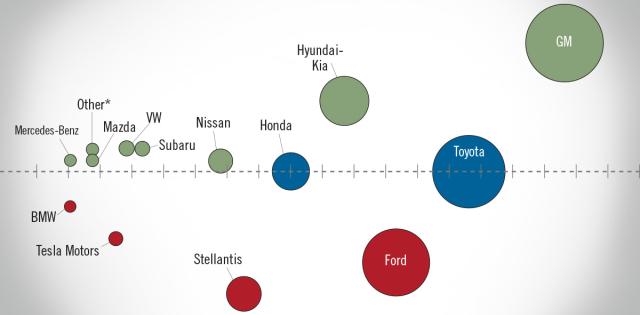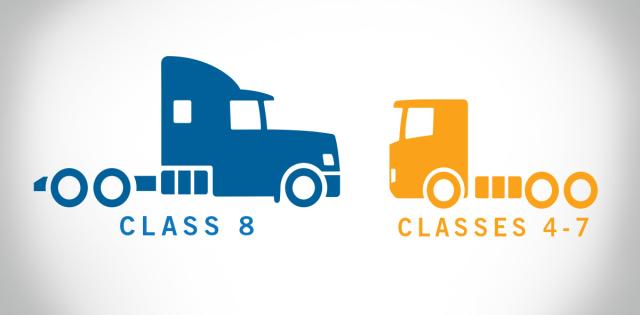New light-vehicle sales in January started off the year at a strong pace. While the January 2021 SAAR of 16.63 million represents a decline of 1.4% from January 2020, it was the highest monthly SAAR since the start of the pandemic. In January, all light-truck segments gained market share, while all car segments lost share. Light trucks represented 77.8% of all new vehicles sold. As in recent months, light-vehicle retail sales outperformed fleet sales. According to Wards Intelligence, retail sales are estimated to have increased by 7% from January 2020, as fleet sales dropped by 24%. Retail sales have been up year over year in four of the last five months, while fleet sales have declined for 13 straight months.
The year began with inventory levels down 20% from January 2020. Because of these inventory constraints, manufacturers haven’t had to spend as much on incentives. According to J.D. Power, average incentive spending per unit in January is expected to be $3,639, down $510 from January 2020 and 27% below the April 2020 peak of $4,953. Fewer discounts, leaner inventory and an ongoing shift by consumers to more expensive trucks and SUVs continued to push transaction prices higher. Average transaction prices, according to J.D. Power, are expected to be up 8.4% compared with January 2020.
The strong sales pace seen in the final quarter of 2020 and in January 2021 suggests continued recovery for the light-vehicle market in 2021. But a few headwinds could slow that trend. According to LMC Automotive, the global chip shortage is expected to reduce North American production by some 230,000 units in the first quarter, with possible production losses in the second quarter as well. This would put further pressure on already-tight inventories and would likely affect fleet sales more than retail sales. The chip shortage, according to Auto Rental News, has already caused some fleet orders for rental vehicles to be delayed or canceled. Despite these challenges, we expect sales will continue their recovery throughout the year and will total some 15.5 million units in 2021.











